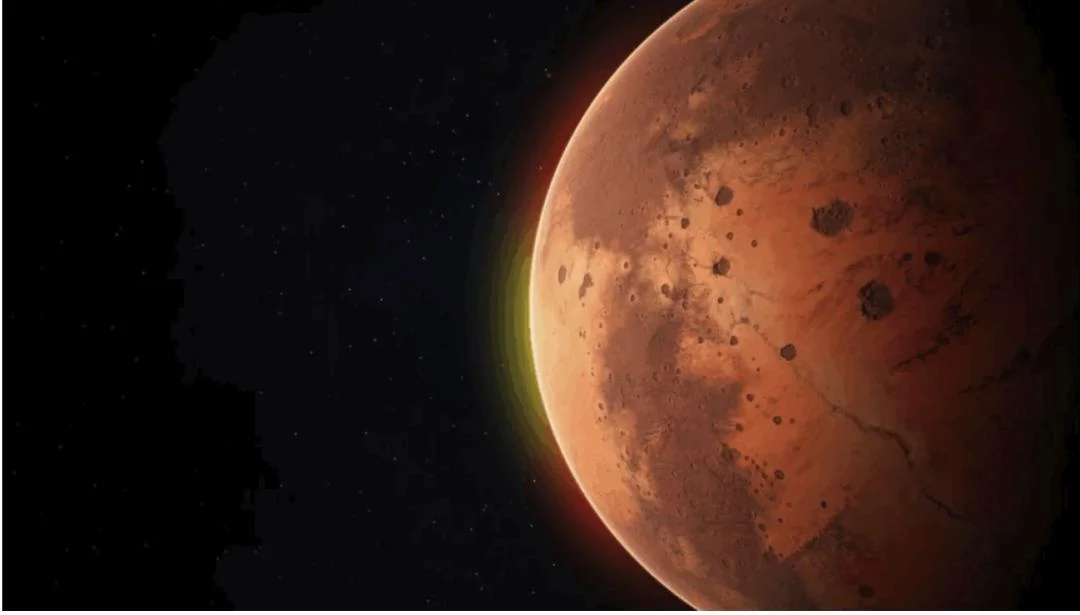
Mars’ Hidden Secrets: Giant Structures Point to Active Volcanism
Beneath the rusty surface of Mars, a new chapter in planetary science is unfolding. Researchers have discovered giant structures hidden deep within the Martian crust, reigniting the debate about the Red Planet's volcanic past and potentially hinting at its active present. This groundbreaking discovery, focusing on the Tharsis Montes region, could revolutionize our understanding of Martian geology and its potential for past or even present life.

Dr. Bart Root from the Delft University of Technology led the research, which uncovered an underground mass spanning approximately 1,000 miles across and extending over 680 miles deep. According to their study, this discovery "shows that Mars might still have active movements happening inside it, making new volcanic things on the surface." This contradicts the previously held belief that Mars is a geologically dead planet.
"These dense structures could be volcanic in origin or could be compacted material due to ancient impacts," Dr. Root explained. He further noted the identification of around 20 features scattered around the north polar cap, with one even resembling the shape of a dog. This lack of surface expression, visible only through gravity data, offers a "tantalising glimpse into the older history of the northern hemisphere of Mars."

The researchers suggest that what they've found resembles "a plume head is currently flowing upward towards the lithosphere to generate active volcanism in the geological future." In simpler terms, a mantle plume rising to the surface could lead to renewed volcanic activity on Mars.
This discovery follows other intriguing finds, such as the 'waffle or honeycomb' structures spotted by the NASA Curiosity Rover on Ghost Mountain butte, hinting at the complex geological processes shaping the planet's surface. The InSight Lander's seismic data has also been crucial, revealing the presence of molten lava and identifying epicenters of Mars quakes near the Cerberus Fossae region, further supporting the idea of ongoing volcanic activity.
According to Dr. Simon Staehler, the darker shade of dust deposits surrounding the Cerberus Fossae indicates "geological evidence of more recent volcanic activity perhaps within the past 50,000 years - relatively young in geological terms." The fact that Mars might still harbor molten lava and potential volcanic activity has significant implications for the planet's past habitability. If magma has melted subsurface ice, it could have created conditions favorable for microbial life.
These discoveries highlight the vital role missions like InSight Lander and Curiosity Rover play in gathering new data. "InSight's SEIS is the most sensitive seismometer ever installed on another planet," explains Professor Domenico Giardini. "It affords geophysicists and seismologists an opportunity to work with current data showing what is happening on Mars today - both at the surface and in its interior."
The ongoing exploration of Mars continues to challenge our understanding of planetary evolution and the potential for life beyond Earth. What secrets will future missions unearth? Is Mars on the verge of a volcanic awakening? Share your thoughts and theories in the comments below.